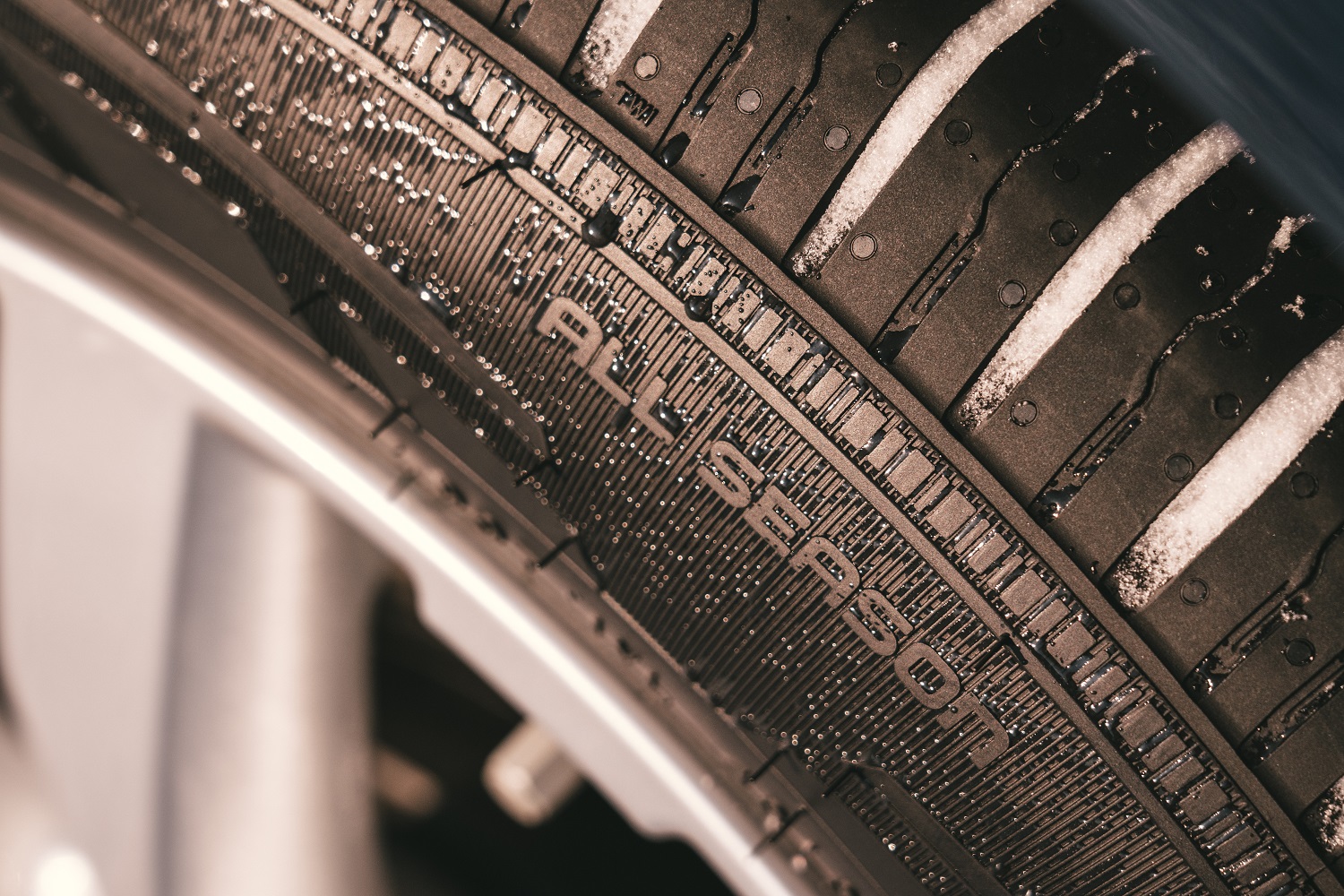Knocking out myths about tire pressure
When it comes to inflating your tires to their recommended level, the pressure is on.
While we strive to craft tires that keep drivers safe, it's your turn to take responsibility once the tires leave the shop. Regular rotation? Check. Inspection for damage? Check. But the most frequent maintenance need is keeping your tires inflated to the level listed in the door jamb and owner's manual.
That's why it's frustrating when we hear false statements about tire pressure that can mislead drivers into thinking they don't need to inflate all the way. Here are some of those myths, as well as the correct info you can use to inflate your knowledge about tire pressure.
Myth: It's more comfortable to drive with lower tire pressure
“More comfortable, perhaps, but also more dangerous," says Nokian Tyres Technical Customer Service Manager Matti Morri. "A tire with too-low pressure is too flexible, which makes it uncontrollable. This is probably the most dangerous false belief concerning tire pressure. There is a reason why automotive and tire manufacturers have determined a recommended tire pressure level that ensures safe behavior even in extreme circumstances.

The all-season Nokian Tyres One delivers a comfortable ride at its recommended inflation level.
Myth: Sufficient air pressure causes center wear on the tire
“In old cross-ply tires, it was possible to adjust the wear pattern by means of tire pressure," Morri says. "That was more than 30 years ago, but the myth persists. The wear pattern of a modern steel-belted tire cannot be affected through normal pressure level. Traction tyres are slightly more prone to center wear, because their center surface does more work during acceleration. For tires to wear evenly, their positions should be rotated from front to back and back to front in a timely manner."
Myth: Front tire pressure should be increased when pulling a trailer
“This is also a persistent belief, and the answer is no," says Morri. "Pressure on the rear axle is what needs to be increased when driving to a holiday destination with a heavy load in the boot, for example, or when pulling a trailer. Increased weight on the drawbar increases rear axle load. Too-low tire pressure causes oversteer in swerve situations. The rear starts to move uncontrollably, which makes a loaded vehicle difficult to steer."
What about some important truths you should know about your tires?
Truth: Correct tire pressure increases a tire's service life
Absolutely true, says Morri. "The lower the tire pressure is, the more the sidewall of the tire protuberates. The sidewall is the weakest part of a tire, and correct pressure helps to reduce punctures, cuts and tire failure.
"If a tire rolls at too-low tire pressure compared with the load, its shape is affected too much during driving. Its structure becomes warmer, which may cause breaks between components. The lifetime of a tire can be maximised by checking pressure regularly. Correct tire pressure makes the vehicle easier to control, which also reduces unnecessary steering wheel corrections.”

The all-weather Nokian Tyres WR G4, which delivers safe driving in all conditions -- as long as it is regularly maintained and inflated to the proper level.
Truth: A tire can fall off the rim, so tire pressure is key in cold weather
“Yes, a tire can actually fall off the rim during driving," Morris says. "When the temperature drops by ten degrees, tire pressure decreases by [around] 1 psi. Sub-zero temperatures also make a steel rim shrink. At extremely low sub-zero temperatures, a tire with too-low pressure may fall off the rim if the car hits a curb on a bend at a high speed, for example.
"When the temperature rises, tire pressure increases. Too-high tire pressure is not a cause for concern – better over than under. Too-low pressure increases rolling resistance, tire wear and fuel consumption, and results in poorer navigability. This applies in summer and winter alike."
For more information about keeping tires inflated to their recommended level, we recommend you read our tire safety tips.
